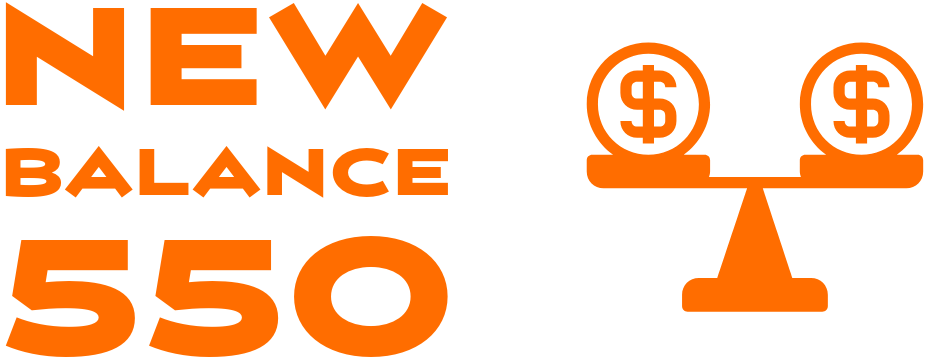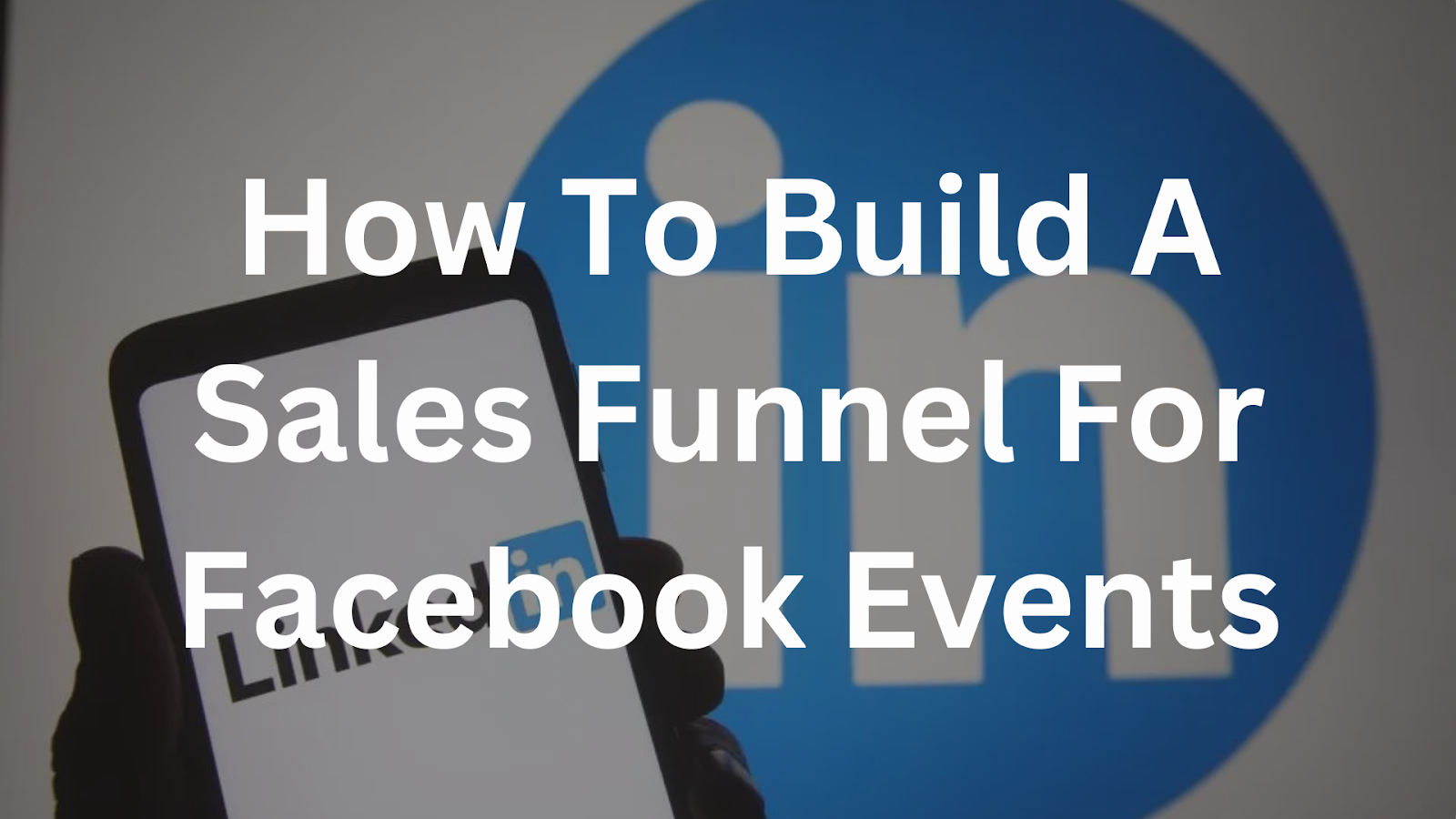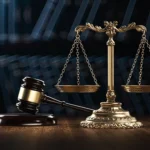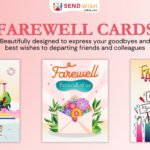Gathering people for an event is not as easy a task as it may seem at first glance. Especially when it comes to narrowly focused conferences or seminars. In such cases, Facebook comes to the rescue. With the right approach, you can even gather a target audience with a cost of $ 0.004 per user. Then it’s up to your professionalism to lead users through the funnel to closing the deal. An internet marketer will tell you what a sales funnel is and share a case study on creating a funnel for a conference.
What is a sales funnel?
A sales funnel is a user’s path from first contact with a product to conversion. This model was named so because at each stage of interaction the number of potential customers decreases, thus creating a semblance of a funnel.
On such a user path, it is necessary to take into account all of their needs, questions, and motives. The potential buyer is already tempted by the variety of offers, and it will not be possible to simply sell “head-on”. That is why the ability to create effective funnels and work with the target audience is so important for business.
With the help of funnels, we can divide the general audience into the segments we need and work with them in accordance with the desires of potential buyers.
For example, you are opening a fitness club and you want to launch Facebook advertising within a radius of the club’s address. But the creatives for different segments of groups will be completely different. You need to develop different banners and ads for women and men. And even for older girls and women, it is better to think through different approaches, since their values and motives are already different. So, by revealing the pain points of your audience, divided into segments, in your ads, you are more likely to attract them to buy a membership.
Stages of purchase
The user’s path to purchase is divided into several stages. Here is the simplest scheme:
- attention;
- interest;
- wish;
- action.
Stage one: attention — this is the widest audience, people are at the stage of realizing that they need your product. The main action for you at this stage is to tell the target audience about your product or service, to make them interested in your offer. Attract the attention of users, introduce them to your products/services.
At the second stage: interest, users are already studying your offer in more detail, comparing the benefits, learning about the product’s features.
At the third stage, you need to make the user want to order your service from you. Tell them what “pains” you can solve for the user, how your product/service will help them in the future, what emotions they will get, what goodies they will get. Show your clients’ reviews, successful cases.
Well, the last stage is the action , when the user becomes your client. If he has already decided to order your services, then the content is important here, with the help of which you can push him to action. It is especially important to choose the right words, to compose the ad so that the user has a desire to immediately add the product to the cart or write to you.
This is the simplest funnel diagram. There are more detailed funnels with touches on different channels. But even on the basis of such a simple diagram, you can build a funnel that will bring customers.
Here is an example of a more complex option:
- Awareness – Knowledge;
- Interest — Interest;
- Consideration – Consideration;
- Intent – Intention;
- Evaluation — Assessment;
- Preference – Preference;
- Purchase – Purchase;
- Loyalty – Loyalty;
- Advocacy – Propaganda.
Here is the last stage – not just a purchase, but a desire to share positive reviews about your product, recommend it to your friends and acquaintances.
Why is it important to build a funnel?
Everything is simple here, it is important for understanding the process of your buyer’s path to the application. This way you will be able to predict the costs for the end client, plan the budget and further development of the business. Each company has its own characteristics, so there is no single funnel template. Everything depends on your target audience, customer acquisition methods, business processes, etc.
A well-designed funnel will allow you to:
- to predict;
- adjust;
- understand;
- improve customer relationships.
A sales funnel is an effective marketing planning tool. You can predict how many people you need to attract to get the required number of leads. You need to understand that at each stage of the funnel, a certain number of users will be eliminated. If you want to get more leads, you need to work on those stages of the funnel where many users are lost or increase the reach of the target audience.
Sales funnels are important for online stores, service sites, and events.
The website owner or marketer analyzes losses by funnel stages. For example, you see that many users leave at the Checkout stage . This means you need to analyze the order form, perhaps it is very complicated or there are technical errors that prevent users from making a purchase. You need to regularly analyze the effectiveness of your funnel, improve and refine it to get the maximum result.
Facebook Funnel Strategy
At each stage of the funnel, the user’s attitude towards your product changes: from indifference to the desire to buy something from you. A common mistake website owners make is trying to sell their product/service in one step. But this happens very rarely. Nowadays, there is a huge amount of information and tempting offers on the Internet. Therefore, it is more correct to lead the user from cold contact to readiness to buy.
First, you need to define your target audience. Write down who your potential buyers are, what their pains, desires, and goals are. Think about what might stop them from buying. How much time usually passes from acquaintance to purchase, how can you reduce this interval. Then write down the stages of your funnel.
An example of how to build a funnel for events
Funnels also need to be built for events. But there is another difficulty here — the user initially does not even suspect that he needs to go to your event. Let’s take the example of conferences. Very rarely does a user purposefully search for conferences, but here you can cheat a little and create demand. Facebook is great for this purpose. But the most important thing here is to be able to target your target audience and filter out unnecessary people.
Let’s look at a real example of what kind of funnel can be built for an event. A client contacted Luxeo who needed to gather a certain number of people for a conference. The conference was about business development and consulting. The target audience was quite narrow – these are executives and managers who are interested in developing in this area. After negotiations with the client and a creative meeting, the Luxeo team developed a strategy for achieving the goals. Several main channels were chosen, but in this article we will consider Facebook.
The first and one of the most important steps was to gather an audience interested in this product in order to work with it in the future. It was decided to create a video to gather the audience, which would be interesting to potential buyers from the first seconds. It is important that the first and second screens have a simple and clear message that will make interested people watch the video to the end.
On the first screen of the video, we immediately showed what you can get at the conference. On the second screen, the city, the date of the event. On the third and further, details about the speakers and topics, what people will learn about at the conference.
So, from a huge audience, we were able to gather people who are interested in consulting, they are interested in conferences, the city where the event is held suits them, they watched the video to the end. With a high degree of probability, this is our target audience. The advantage of launching specifically for video coverage is that you can gather the target audience at a very low cost per view. For example, in this version, we were able to achieve a cost of $ 0.004 per view.
In this way, we launch advertising on Facebook and collect an audience of about 100,000 users who watched the video to the end. Then we continue working with them. This type of advertising is also called “reach”, i.e. aimed at collecting people from the general audience who will be interested in your offer. For reach, you can also run advertising with a webinar, checklists, useful information, etc. There are many approaches. At this stage, your goal is to collect a sufficient number of the target audience.
The second stage is to arouse interest in users and a desire to attend the event. They have already heard about your conference, the topic is interesting to them, but for now you are just a source of information flow for them. To arouse interest, we launch a second round of advertising with descriptions of reports, photos of speakers, with disclosure of pain points and description of results after attending the seminar.
The third stage is to push the user to action. He is already interested in your services, but since our user is a modern and busy person, decisions are postponed or forgotten. Here you can somehow push a person to the target action. This can be, for example, the dates of the price increase. Very often, conferences increase the price depending on the approach of the event. Promotions – two tickets for the price of one, discounts in honor of a certain day, “bring a friend”, etc. At this stage, a large percentage of purchases are made, often the cost of the lead is low.
For example: the “Two tickets for the price of one” promotion.
With the right approach, you can get leads for a minimal budget. For example, in this case, we got a price for filling out the lead form of $1.21. That is, this was already the warmest audience that needed to be pushed to buy tickets.
You can “squeeze” the most hesitant ones after raising the price. For example, extend the old price for one more day, but not longer. If you wrote that only one day – follow this rule, otherwise you will simply lose your authority, and next time they will not believe you, and such a trick will not work.
Also, set up retargeting in parallel to remind users who visited your site about the event. Another important factor in building funnel stages for events is time. In order to have time to fully work with the audience, you need at least four to five months. This does not apply to free events, when users make decisions faster.
This is an example of only one link in the funnel. You also need to set up chains of letters for e-mail marketing, connect other promotion channels: contextual advertising, affiliate networks, etc., to get the maximum return for your business.
Conclusion
The sales funnel is an important stage in building a successful business. It needs to be constantly improved and refined, because what worked once may not work the second time. Analyze the funnels, learn from your mistakes to get the most out of it. When building sales funnels on Facebook, it is important to look for your audience and segment it, find an approach to it. Be able to stand out from your competitors. Leveraging social media marketing services can enhance your efforts by providing expertise in audience targeting, segmentation, and funnel optimization. Constantly improve the funnel to get the maximum result.



